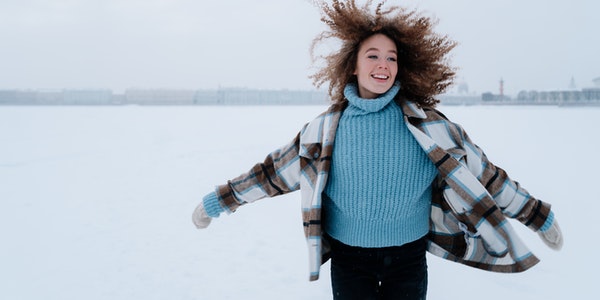Table of Contents
Single Light + Reflector
This article introduces three main lighting methods, the main light is front metering, front light and side backlight. In order to create a soft light effect with a small light ratio, a number of auxiliary lights are arranged. The key to the combined lighting of multiple lights is to achieve a distinction between primary and secondary, natural light effects, and not deliberately or rigidly.
This group of works intends to use artificial light sources to create a high-key diffused light atmosphere in the studio, as the basis for the later realization of a fairy-tale scene atmosphere. Artificial light is the light and shadow effect arranged by the photographer according to the shooting intention. It is controllable and is one of the important methods of photographic expression.
The main light is arranged at 45° to the left and back of the character. The side backlight is conducive to shaping the contours and three-dimensional sense of the characters. Place a reflector on the right side of the character (diagonal position of the main light) to fill light, reduce shadows, and brighten dark parts.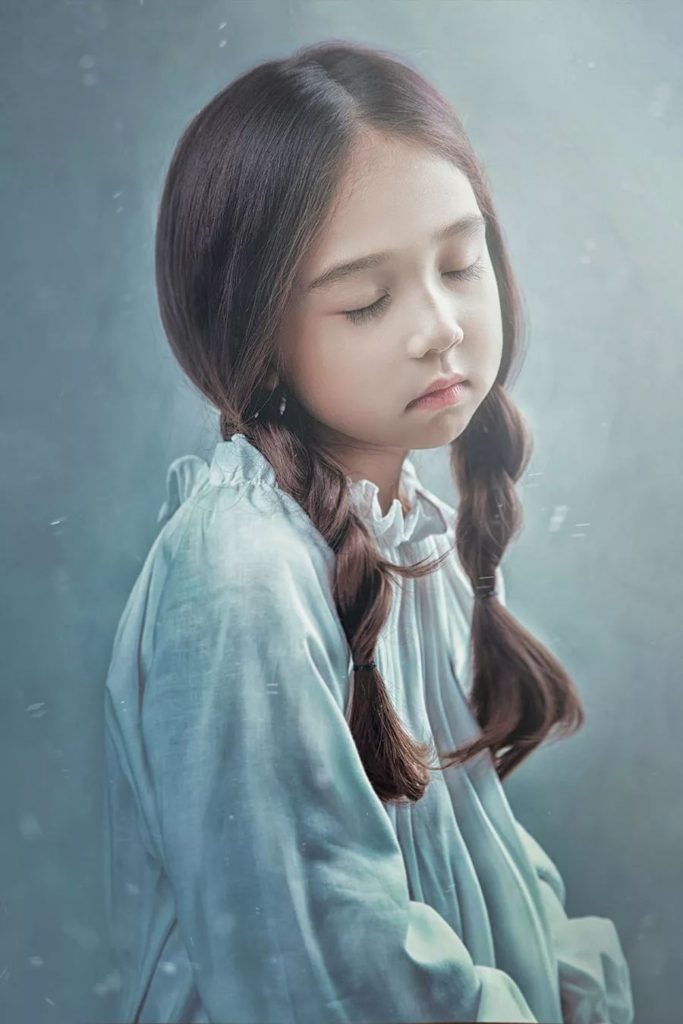
Aperture: f/4.5 Shutter speed: 1/125s Focal length: 70mm ISO: 50
Dual Lamp + Reflector
The main light is a flash with a soft box, which is arranged at about 45° on the left and back of the character to provide side backlighting. The auxiliary light is a flash with a beam tube and a blue color film, which is arranged at a position of about 45° on the right back side of the character. The beam tube can make the light more concentrated, more directional, and can create a very three-dimensional figure outline. The blue color film creates the color of the environment and prepares for the post-processing.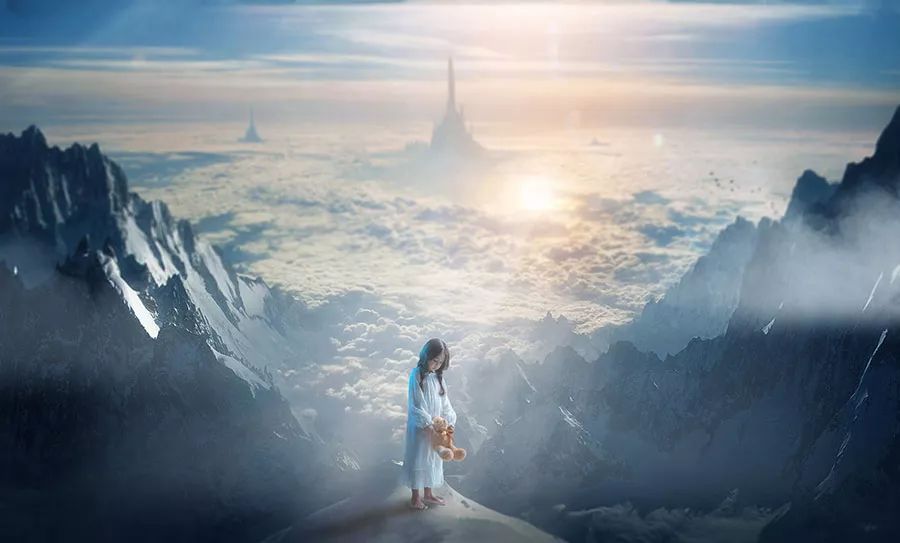
Aperture: f/3.2, shutter speed: 1/125s, focal length: 42mm, ISO: 100
Three Lights Lighting
Three flashes of the same model are used for lighting, and the size of the softbox is 70×100. The main light is placed on the right side of the character, with a value of 1/32. The value of the auxiliary light on the right rear side of the character is 1/16, and the value of the auxiliary light on the left rear side is 1/64. The light of the three lamps is relatively small, forming an enveloping lighting, creating a high-key picture atmosphere.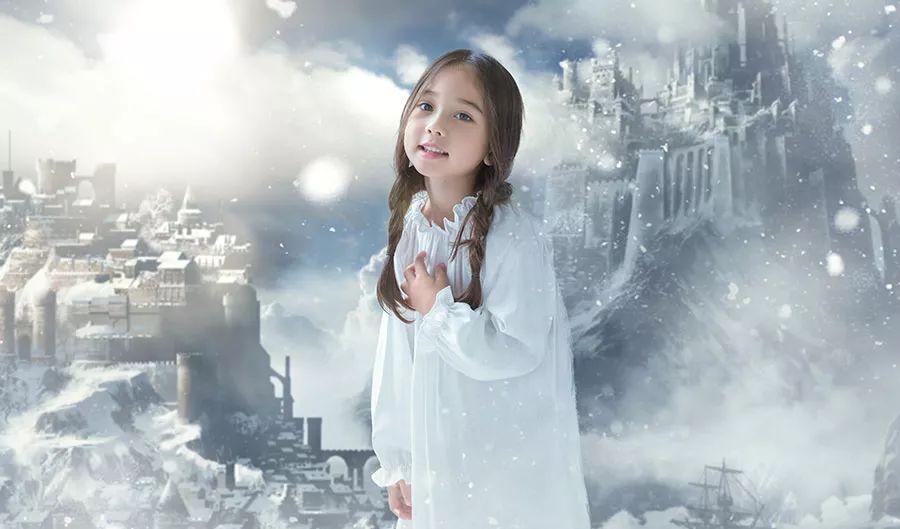
Aperture: f/5, shutter speed: 1/125s, focal length: 67mm, ISO: 100
Portrait photography takes people as the subject of shooting, and uses light and shadow as the means of shaping, and uses the photographer’s unique understanding to explore the unique temperament of the characters. Using the combination of flash and soft box, the side light used to be the main light source is the most common modeling light effect. On this basis, it can be combined with a variety of light control devices to form a complete tone expression.
Single Lamp + Reflector
The main light is a flash with a soft box, arranged at 45° to the right of the character. Arrange a silver reflector on the right back side of the character (diagonal position of the main light) to provide contour light. The main light is very close to the character, and the light and dark levels of the face are less. The reflectivity of the silver reflector is high, thus forming a more obvious contour light, and the characters can also show a strong three-dimensional effect.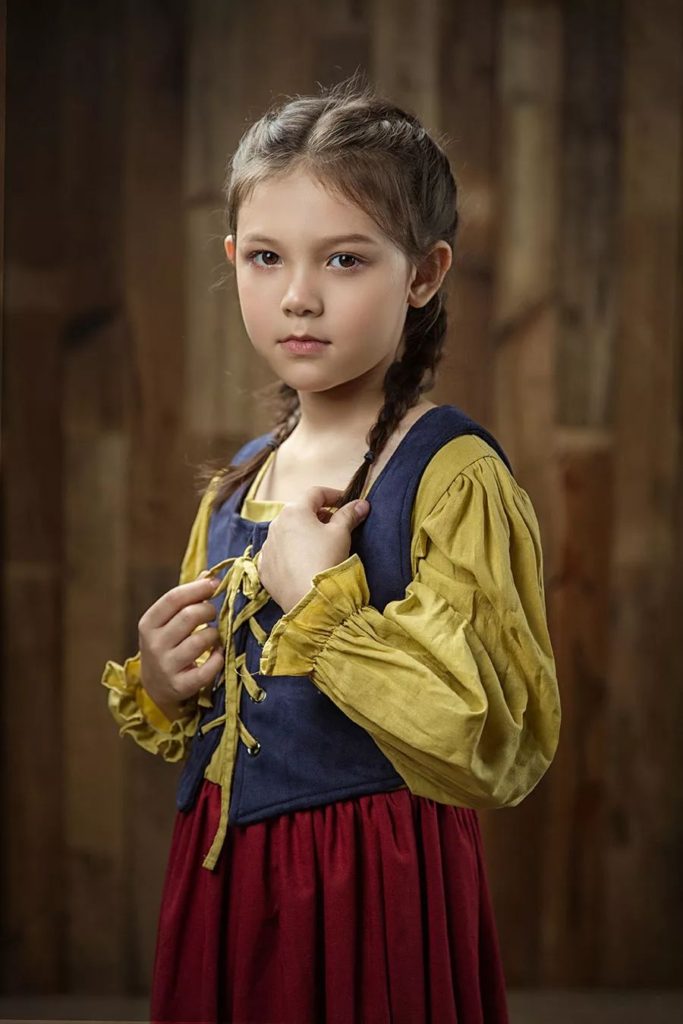
Aperture: f/2.8, shutter speed: 1/125s, focal length: 70mm, ISO: 200
Single Lamp Lighting
The main light is a flash with a soft box, arranged at 45° to the right of the character. When the light does not enter the lens, the closer it is to the person, the better. The lighting on the front side of the single lamp emphasizes the appearance and expression of the characters, and weakens the sense of space, in order to completely attract the viewer’s attention to the faces of the characters.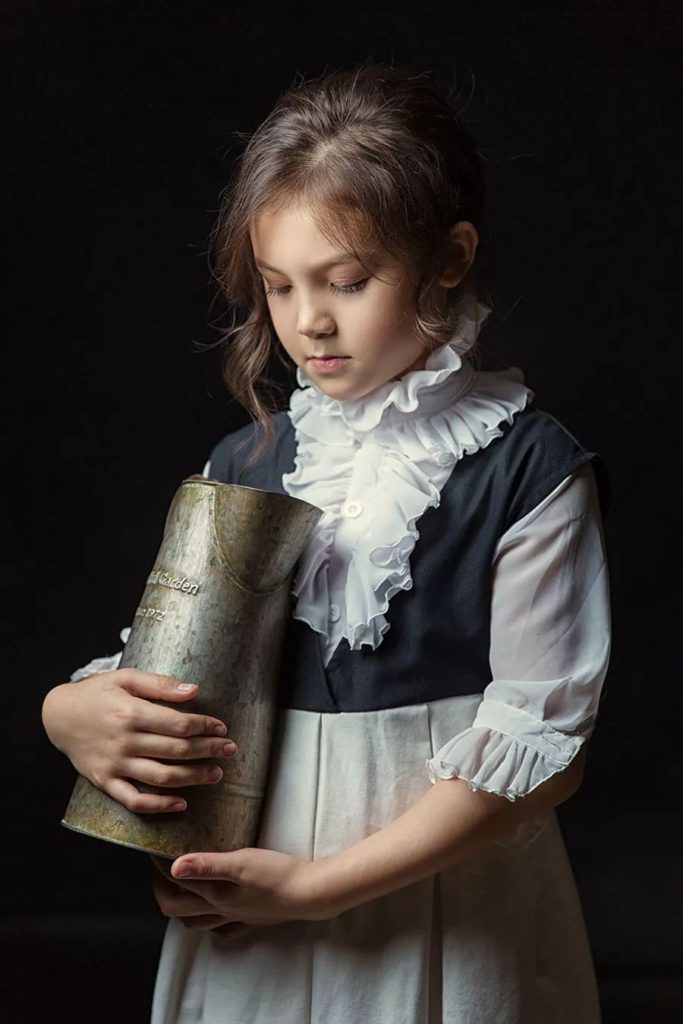
Aperture: f/2.8 Shutter speed: 1/125s Focal length: 70mm ISO: 200
Dual Lamp Lighting
The main light is a flash with a soft box, arranged at 45° in front of the character. It provides front side lighting to shape the three-dimensional shape of the character. The light is very close to the person to reduce the light ratio. Arrange a soft box as a contour light on the right side of the character. The brightness of the auxiliary lamp is higher than that of the main lamp to highlight the silhouette of the person.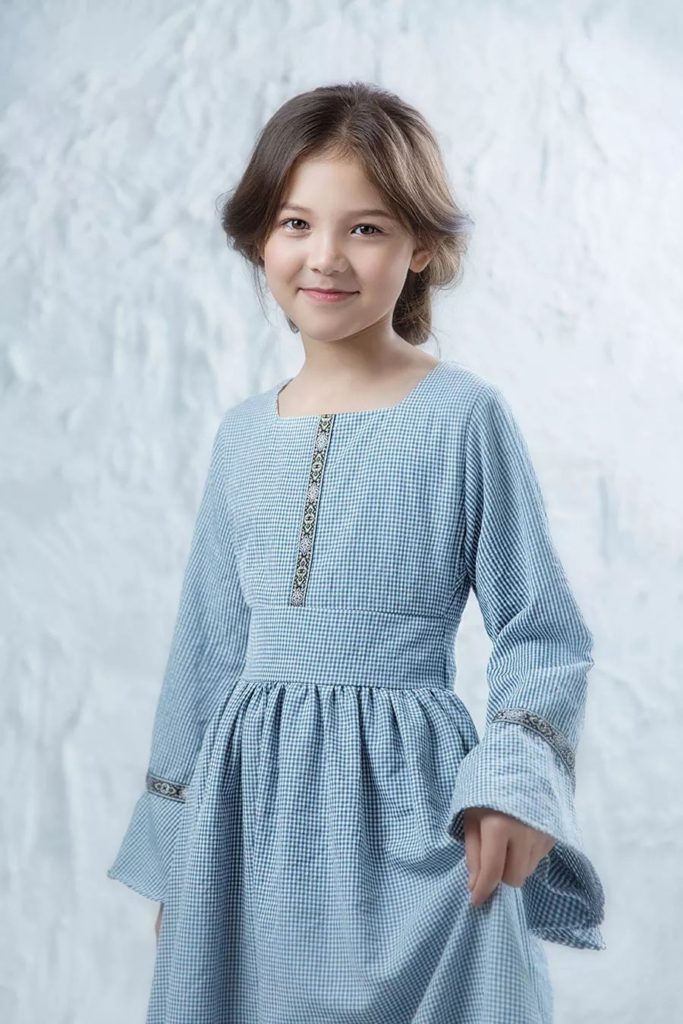
Aperture: f/2.8, shutter speed: 1/125s, focal length: 70mm, ISO: 200
Multi-lamp Combined Modeling Creates Soft Light Effect
Photography is the art of using light. The law of regular light is extremely expressive, and we call it the modeling language of light. The role of light in photography is not only to illuminate the object, but more importantly, it can shape the object, shape the sense of space, and create a variety of environmental atmospheres.
Artificial light is a light and shadow effect arranged by the photographer according to the shooting environment and the modeling needs of the shooting object. It is controllable and is one of the important methods of photographic expression.
Three elements of light modeling
1. Light Quality
Light quality is a description of the luminous form of lighting.
The hard light source refers to direct spot light or light filtered through a condenser. The hard light source has strong directivity, strong modeling power, clear projection of the subject, strong edge, and small intermediate transition area. Soft light sources refer to large-area light sources, and artificial light can change the nature of the light through a filter.
In portrait photography, soft boxes are often used to constrain the light to change its light quality and illumination direction. The middle level of soft light is good. When the illumination angle is right, the model can show a good texture.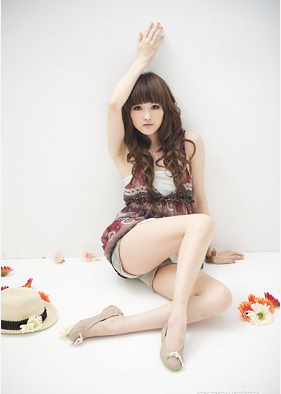
When the distance between the light source and the model is smaller than the diameter of the light source area, and the light source area is larger than the subject, the subject’s light-receiving surface is larger than the backlight area, the projection is smaller than the subject, and the projection edge is blurred and softer.
When the proportion of the light source area increases or the light distance decreases, the projection of the model will gradually disappear. The light and dark transition of the subject is soft, the light ratio is reduced, the layer span is weakened, and the three-dimensional feeling is not strong enough.
In order to obtain a softer light and shadow effect, photographers generally use the method of combining multiple lights to lay out the light.
2. Light Position
Light position refers to the shooting angle and position of the light source in the shooting area. It is based on the model as the center, the camera as the radius. And the angle relationship between the light source and the camera. The light position determines the three-dimensional modeling effect of the model, and determines the light-receiving part, dark part of the model. And the light-dark relationship between the main body and the background.
It needs to be emphasized that even in the environment of multi-lamp joint modeling, there can only be one main light. It is necessary to clarify the role played by each lamp. Such as the main light, auxiliary light, background light, contour light, etc., and do not reverse the primary and secondary.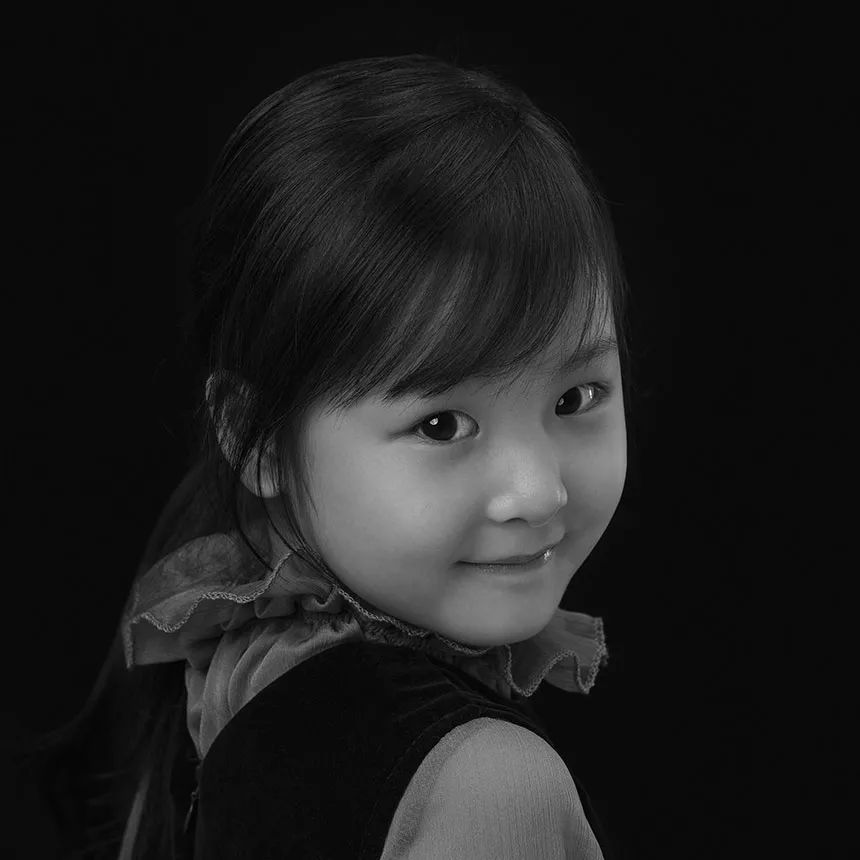
Aperture: f/13 Shutter speed: 1/125s Focal length: 142mm ISO: 100
3. Light Ratio
The light ratio is the light-dark ratio of the model modeling light. That is, the contrast between the light-receiving part and the backlight part caused by the light received by the model and the environment.
The light ratio is related to the environment of the shooting scene, auxiliary light and the nature of the light source. Contrast directly affects the visual effects of photographic works and the three-dimensional sense of the model.
In fact, the light ratio reflects the contrast between light and dark. For example, the light with low light ratio is soft, suitable for shooting women and children. The light with large light ratio is tougher, and the strong light-dark pair is more suitable for shooting men.
A large area of darkness reveals a small bright area with a sense of mystery. The high-profile small light ratio also expresses innocence. In short, Guangbi not only shapes images, but also expresses emotions.
When there is only one light source, factors such as the nature and strength of the light source. And the distance and angle from the model determine the light ratio. In the environment of multi-lamp joint modeling, the distance, relative position. And light intensity of the main light, auxiliary light, and modeling light jointly determine the light ratio of the scene. Generally speaking, the more lights, the smaller the light ratio, and the softer the light.
In addition, the use of light ratio to express skin texture is also a common technique used by photographers. Using the soft light quality with low light ratio, the skin will look fine. And the hard light with greater light ratio will make the skin texture rough. In short, the performance of details can be presented by adjusting the light ratio.
Lighting 1
The main light is a flash and a soft box, arranged at 45° on the right side of the model. On the left side of the model (diagonal position of the main light), a folding reflector is arranged to fill light. Arrange an octagonal soft box above the model to form a top light source. Tile a reflector on the ground in front of the model to eliminate the dark shadows formed by the top light. Arrange a soft box at the far front of the model (behind the camera) as a supplement to the top light and reflector, and form a catch light.
Due to the distance from the model, it can also reduce the light ratio of the entire light field. A grid soft box is arranged at about 45° on the left rear side of the model to provide contour light. Because of its wide range of illumination, the front folding reflector can also play a role in shading. Just let a narrow beam of light shine on the model. And that can peel off the model and the background, create a sense of space in the picture. And its brightness is slightly higher than that of the main light to emphasize its light effect. In addition, the brightness of the three soft boxes is the main light, top light and front light in descending order. But the brightness difference is small to create a soft light atmosphere.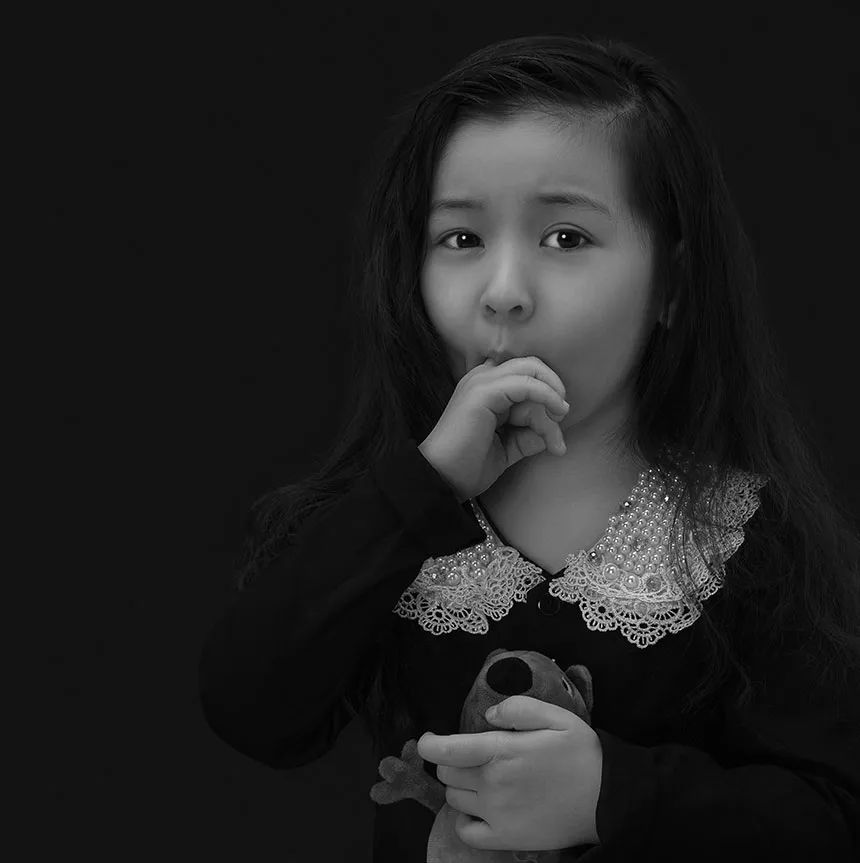
Aperture: f/18, shutter speed: 1/160s, focal length: 123mm, ISO: 100
Lighting 2
Compared with lighting 1, a grid soft box is added at about 45° on the right rear side of the model. Correspondingly, in order to control its illumination range, a light shield is arranged in the front. This ensures that the contours on both sides of the model are emphasized. And the model is separated from the background.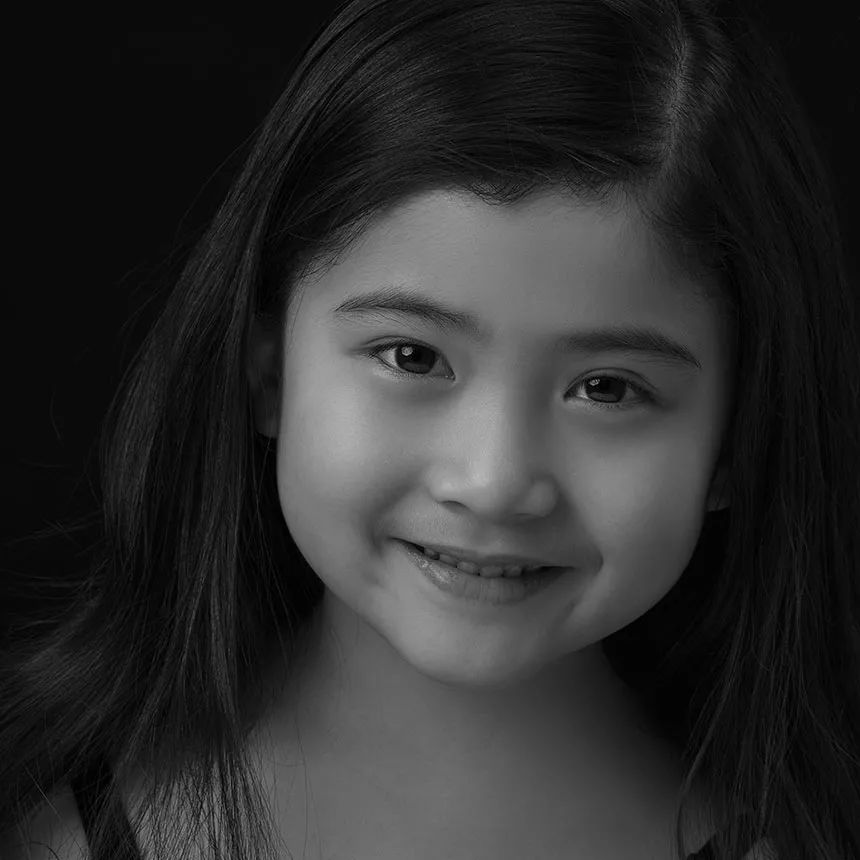
Aperture: f/16, shutter speed: 1/160s, focal length: 160mm, ISO: 100
Lighting 3
The difference with lighting 2 is only the position of the main light. The main light is located at a 45° angle on the left side of the model. And other auxiliary lights, modeling lights and other light positions remain unchanged. Generally, the model faces the main light source so that the face can get more light. The front side light is also conducive to expressing the contours of the face and the transition of light and shadow.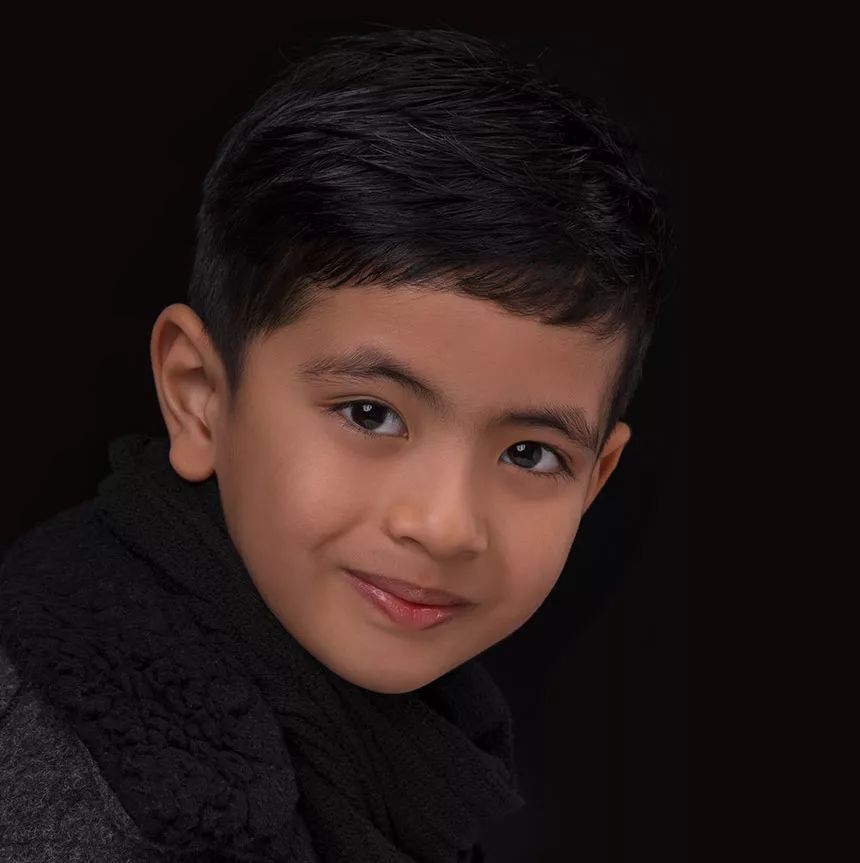
Aperture: f/14 Shutter speed: 1/160s Focal length: 142mm ISO: 100
Lighting 4
The main light is a radome, arranged about 50cm above the top of the character’s head. It forms an angle of about 45° with the ground, providing soft light with a small irradiation range. And form the light effect connection of the top light and the ground reflector.
Arrange folding reflectors on the left and right sides of the model. They can form a certain amount of supplementary light for the soft box, top light and radome from the back of the camera, thereby forming a symmetrical soft light effect. Two grid soft boxes are arranged at higher positions behind the two reflectors to provide the contour light of the model and separate the model from the background.
Symmetrical lighting is suitable for frontal portraits with very symmetrical left and right faces. The top light, radome, and front light form an enveloping light distribution to a certain extent. And the strength is different, the primary and secondary are in order. So that the model’s hair and facial details can be fully reflected. And the good-looking face can also be reflected.
